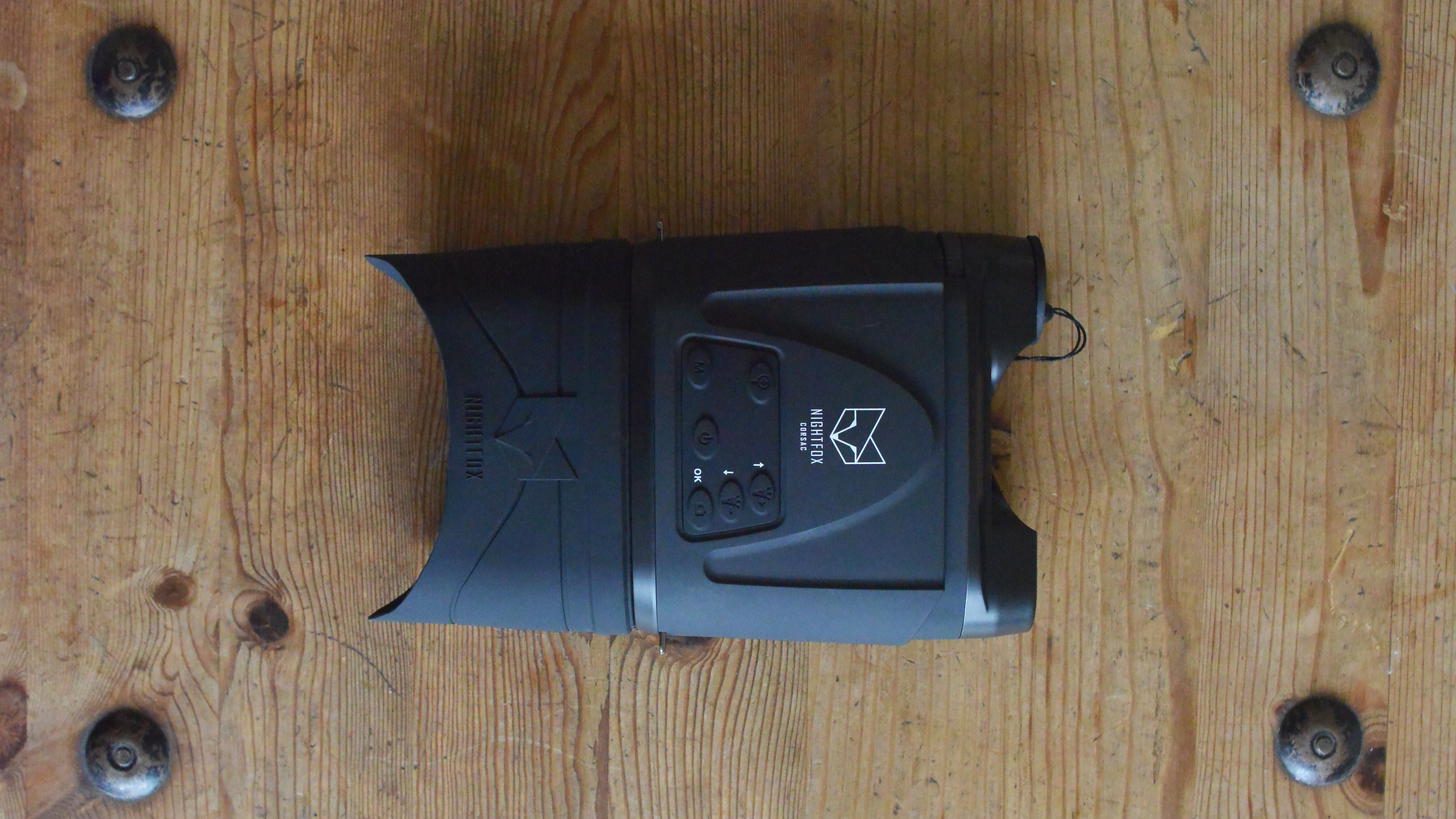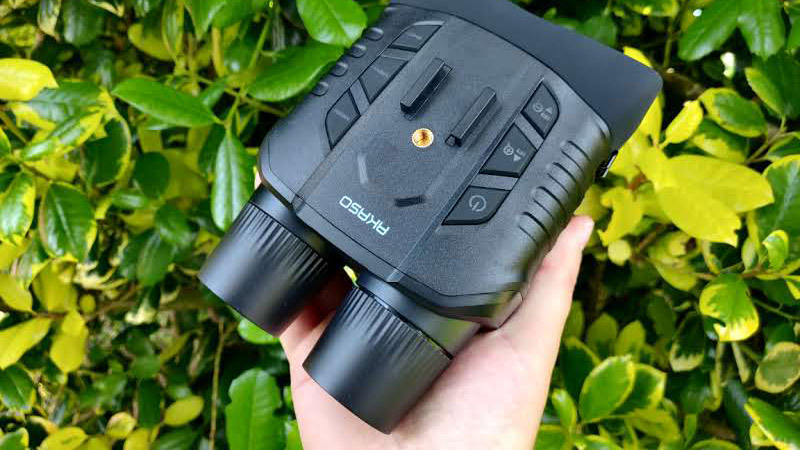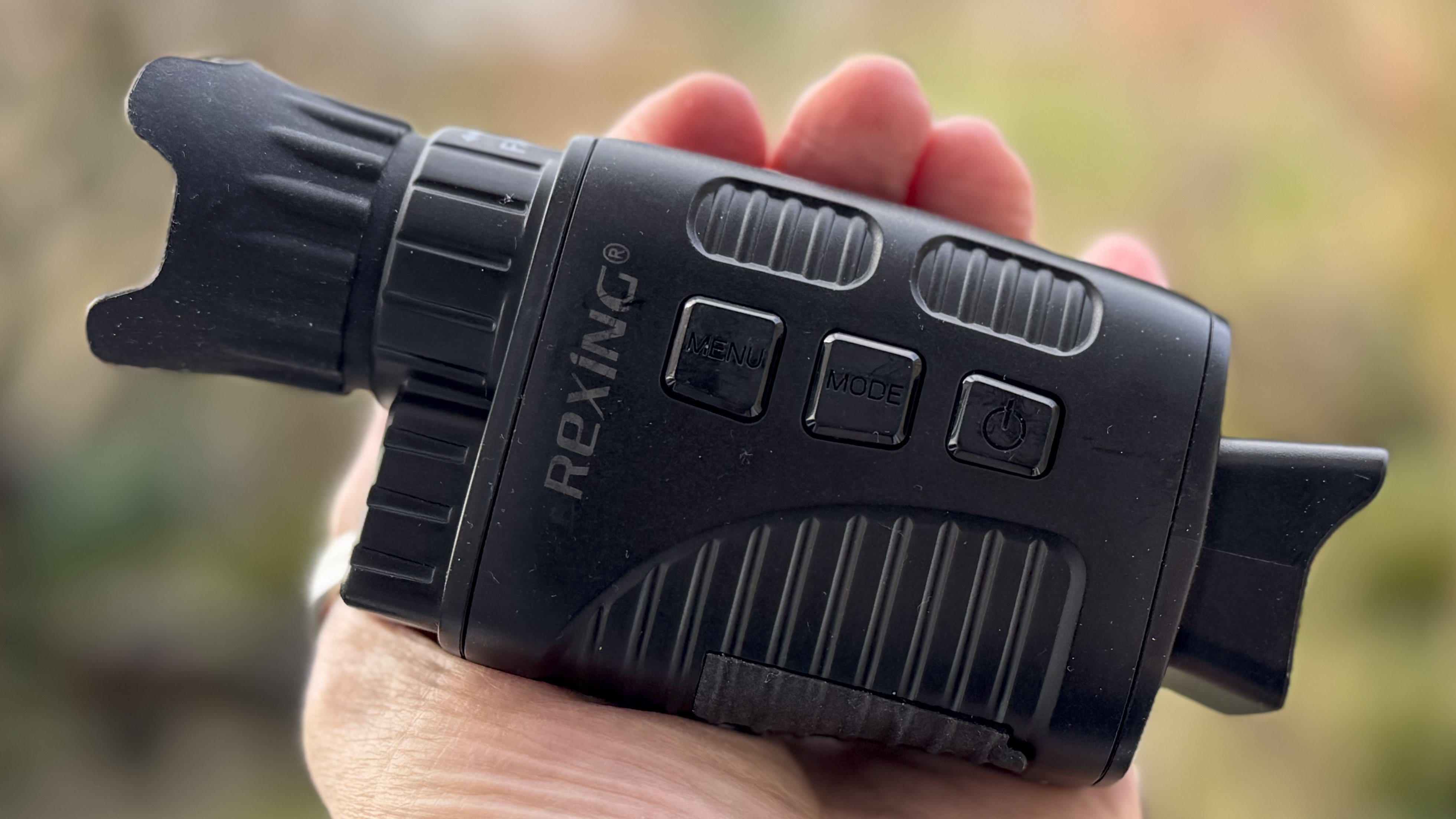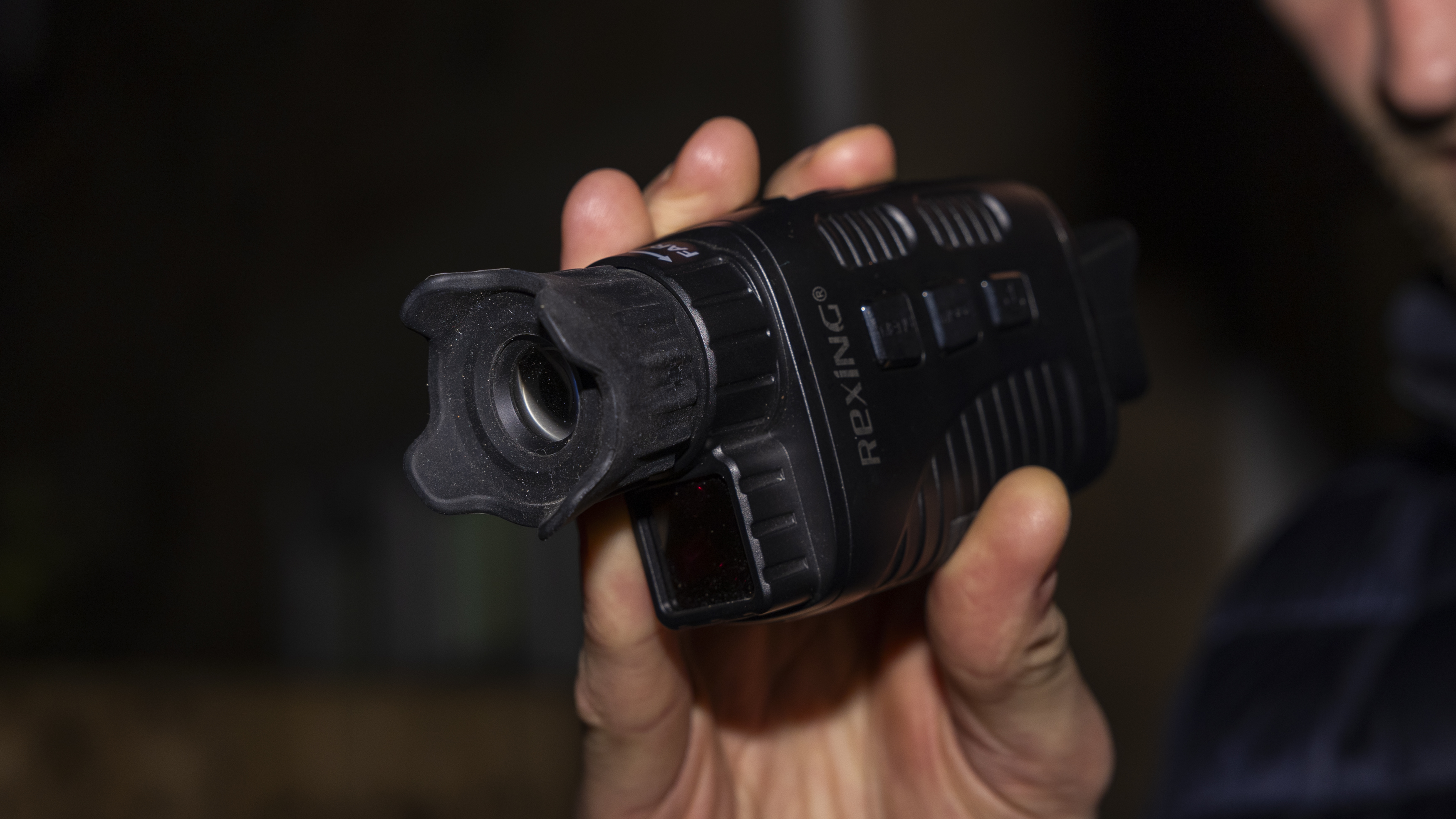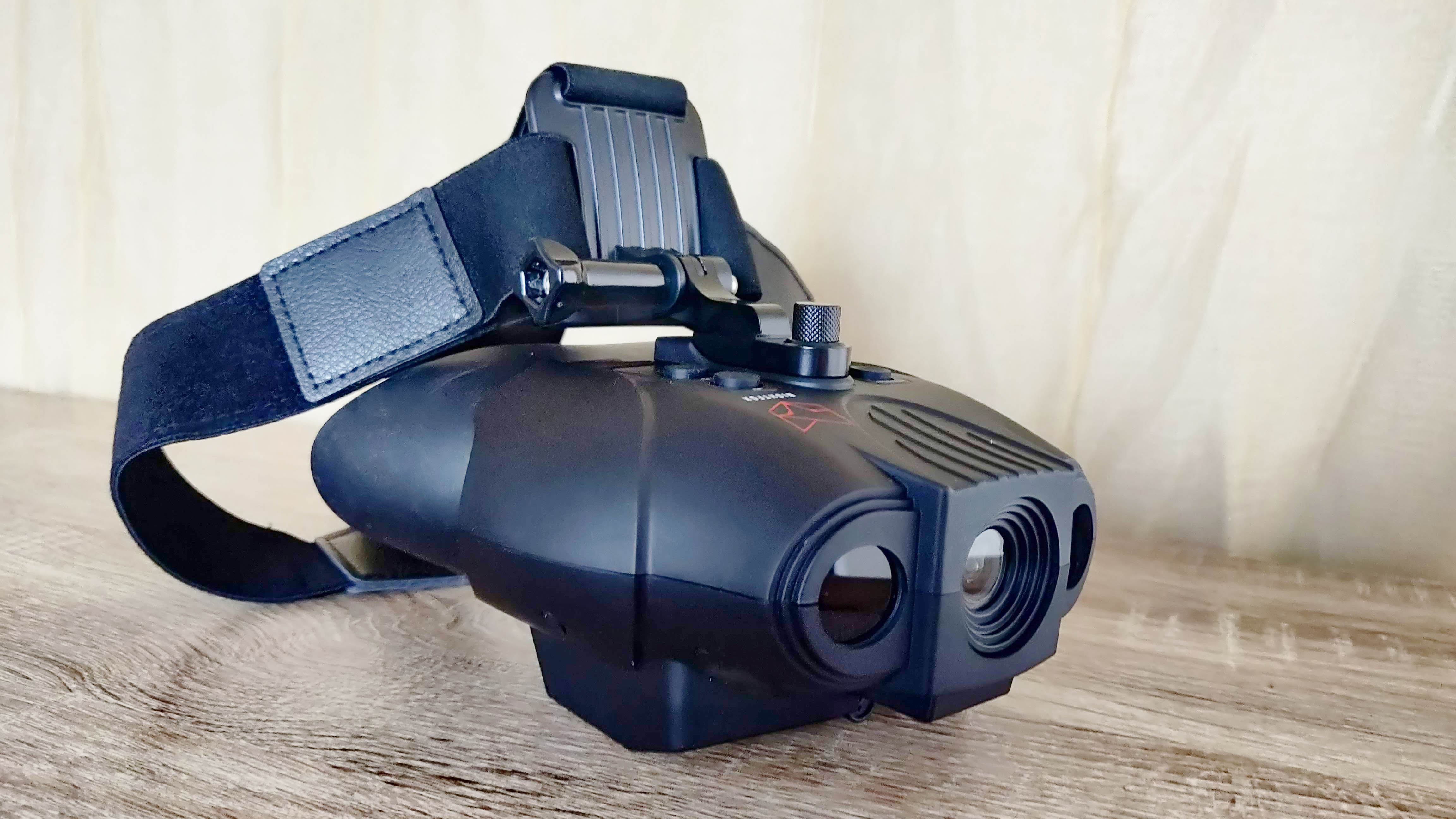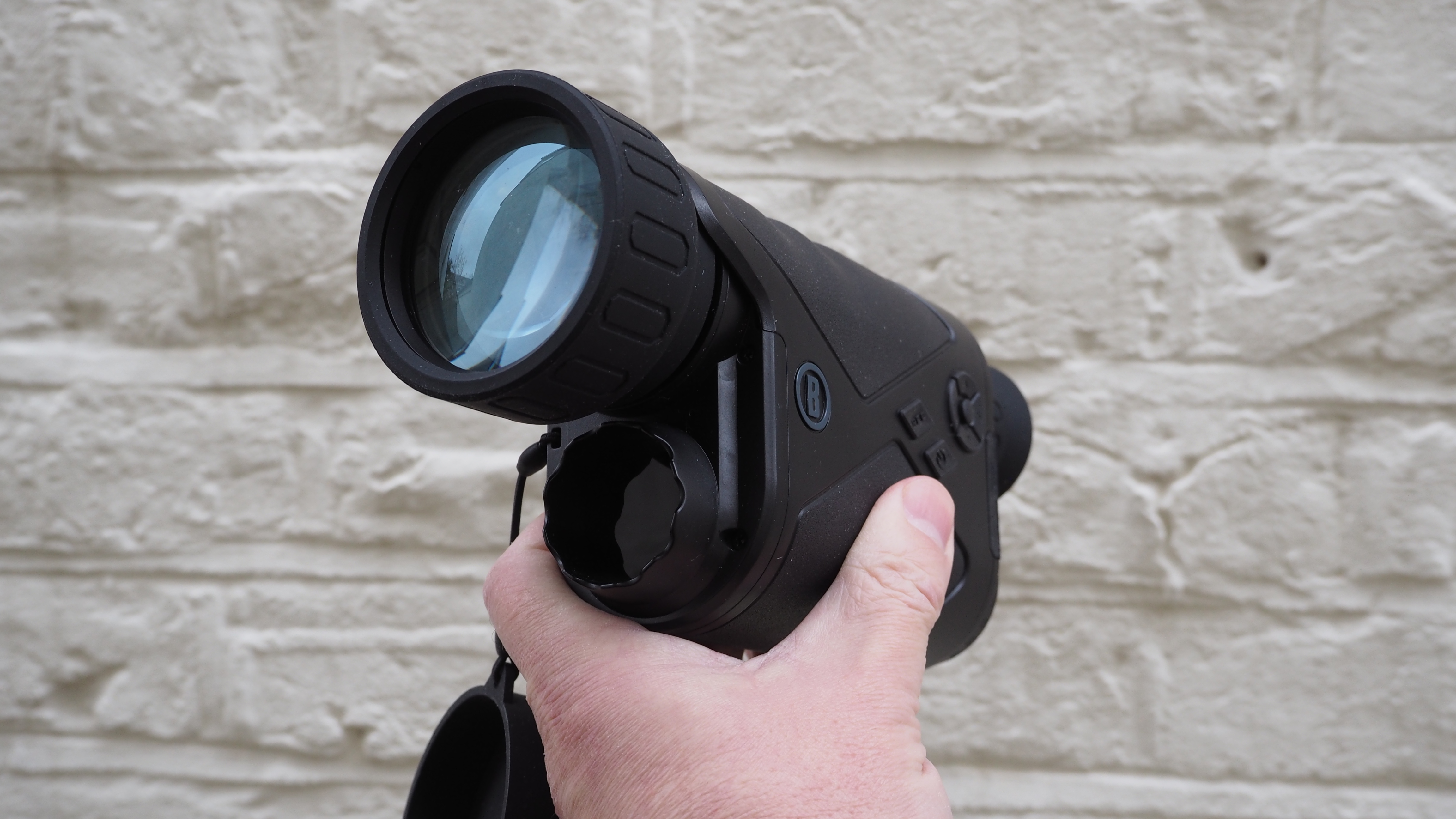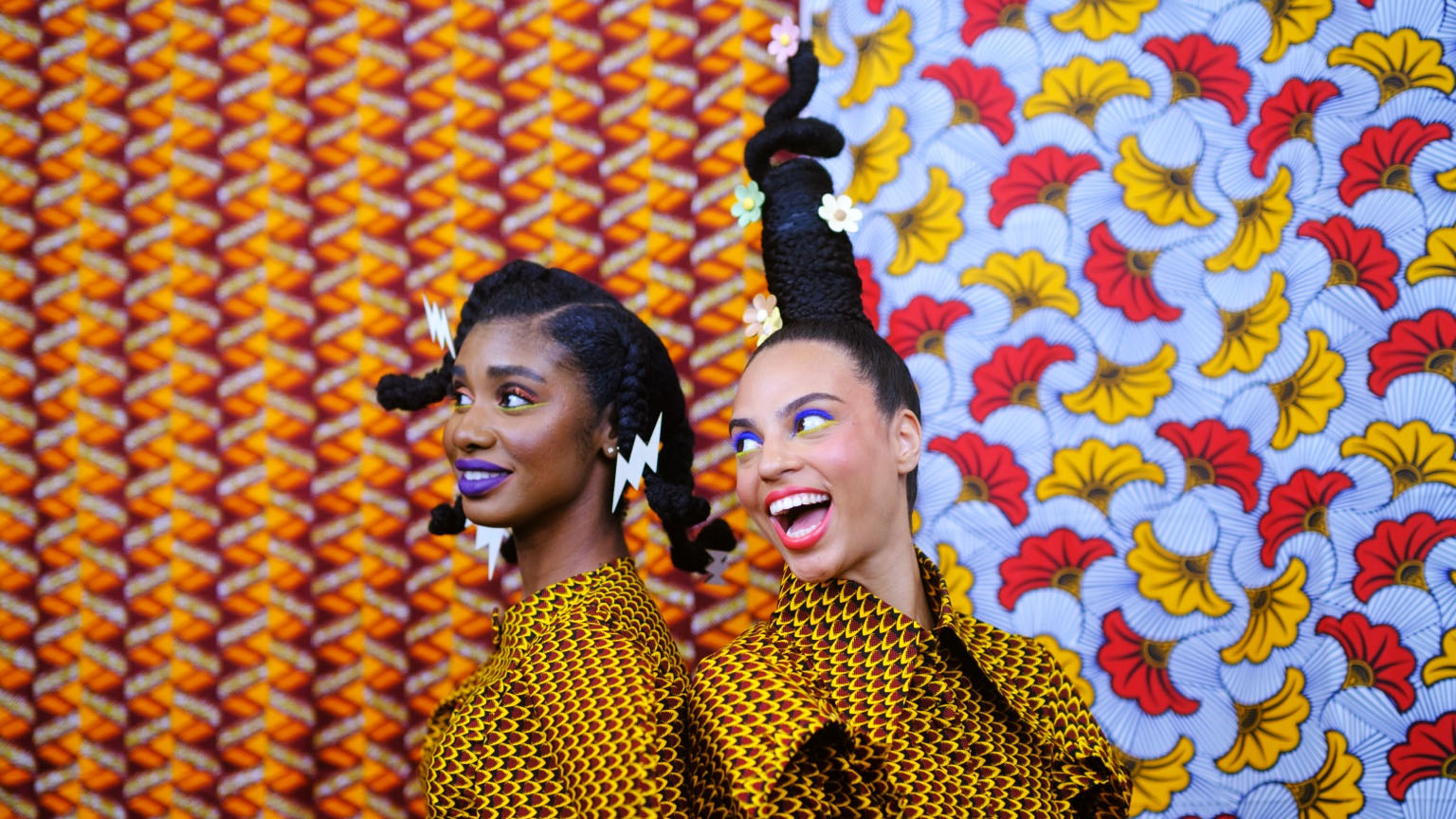The best night vision goggles and binoculars in 2025 that help you see in the dark!
The best night vision goggles, binoculars, and monoculars can be perfect for surveillance, security, and nocturnal wildlife
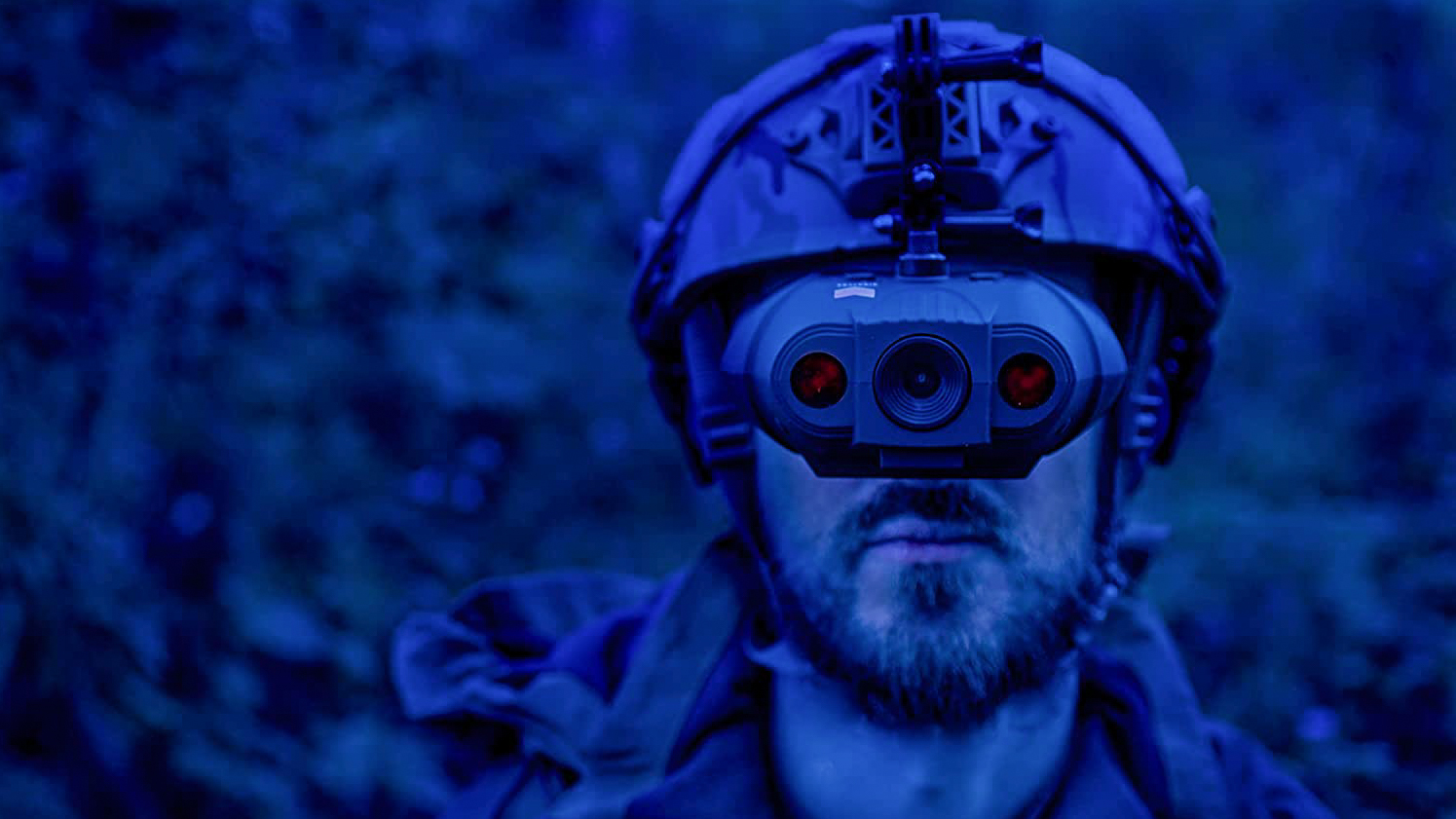
The best night vision goggles open up an entirely new world once darkness falls. Many models even allow you to shoot photos and video, so you can document your nighttime discoveries as they unfold.
Goggles aren’t the only way to see in the dark, though. Night-vision devices generally fall into three categories, each with its own design, purpose, and underlying technology (which I break down in the FAQs). Night-vision goggles are wearable, hands-free systems that rely on image enhancement and light amplification to deliver a clear picture in low light. Night-vision binoculars mix optical and digital viewing, pairing traditional lenses with a built-in LCD screen that displays what the sensor detects. And if you prefer something lighter and more compact, night-vision monoculars offer similar performance in a single-lens form factor.
Beyond security and surveillance, night vision has a more adventurous appeal. These devices are fantastic for wildlife watchers, especially if you're trying to observe nocturnal species without disturbing them. If that’s your focus, you may also want to explore our guide to the best trail cameras for keeping an eye on wildlife around the clock.
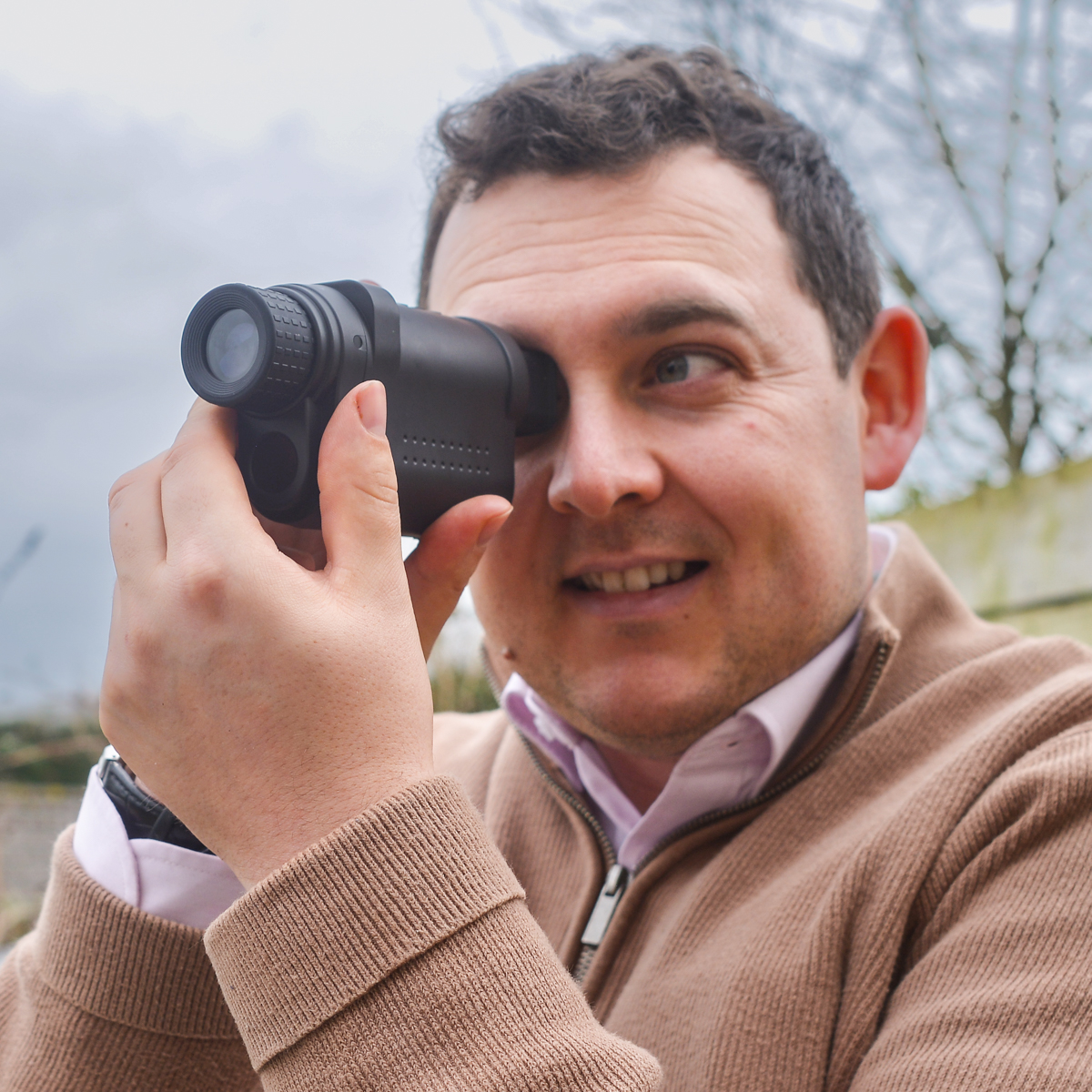
For almost twenty years, Sebastian’s photography has reached an international audience. Beginning with a focus on equestrianism, his work has appeared with the Fédération Equestre Internationale (FEI), The Jockey Club, Horse & Hound, and a host of other leading titles.
Alongside his career as a professional sports photographer, Sebastian is equally at home in the world of country pursuits. Whether out in the shooting field, under sail on open waters, or roaming the countryside, he is rarely without a trusted pair of binoculars, a monocular, or a scope at his side.
The Quick List

We found the light, but slightly bulky, NightFox Corsac to be a good choice if you want night vision without spending a fortune.
Read more below...

The Akaso Seemoor 200 is a great-value, beginner-friendly, awesome for all-weather night vision binocular with solid IR performance, dual batteries, and USB-C charging, though it lacks onboard storage.
Read more below...
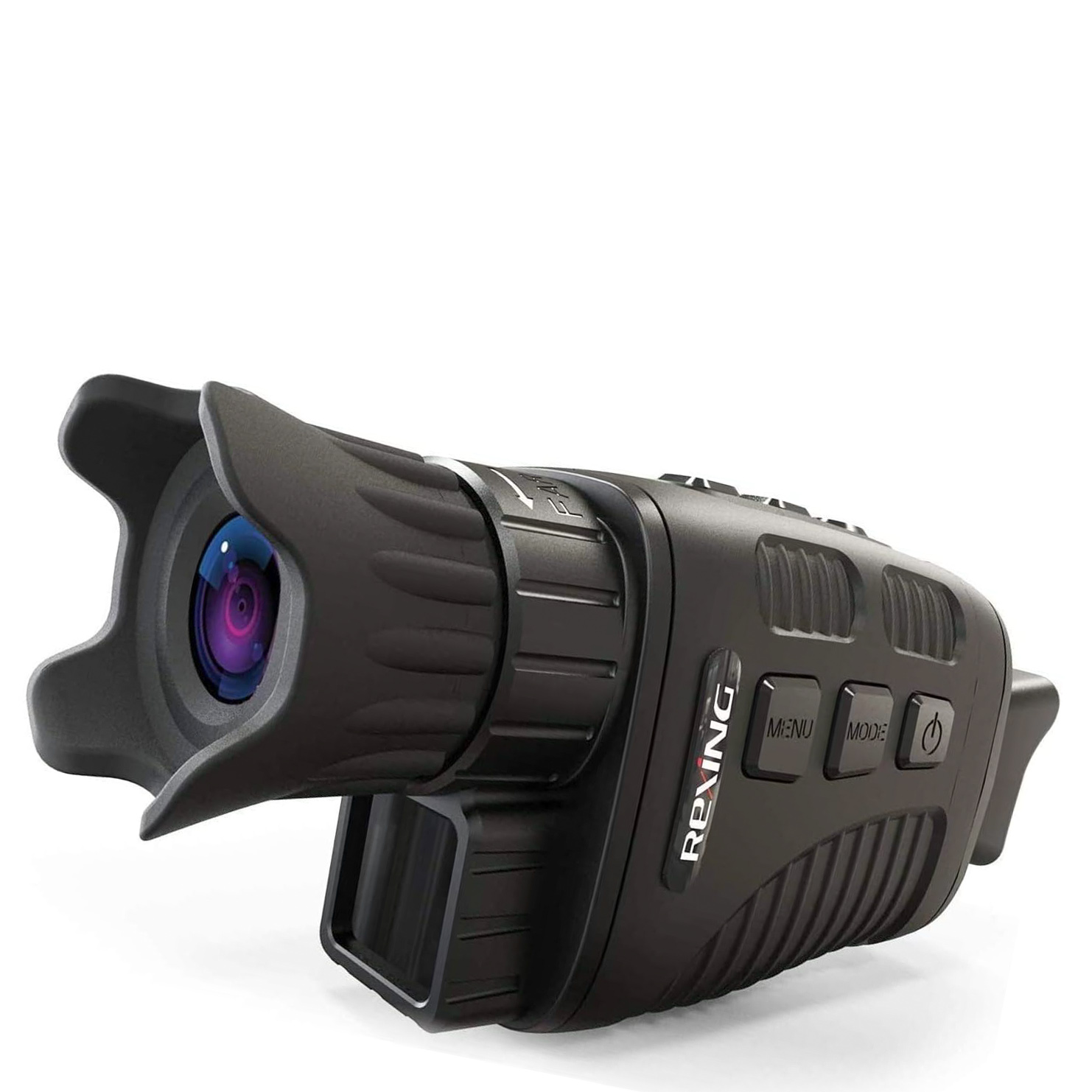
This best option for those wanting a monocular for night vision, but are on a strict budget.
Read more below...
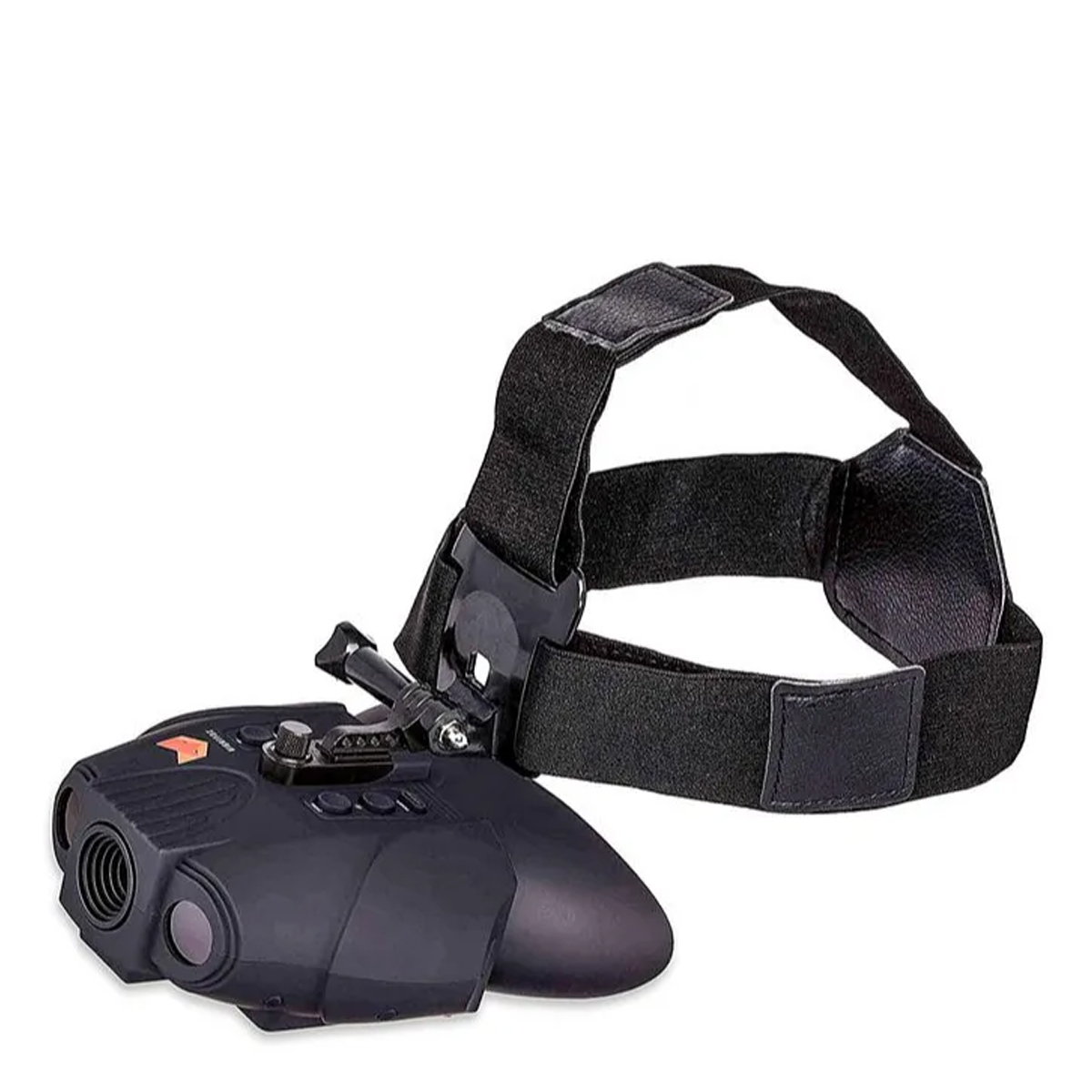
If you're a beginner looking to buy for first set of night vision goggles, these are a great option at an affordable price.
Read more below...
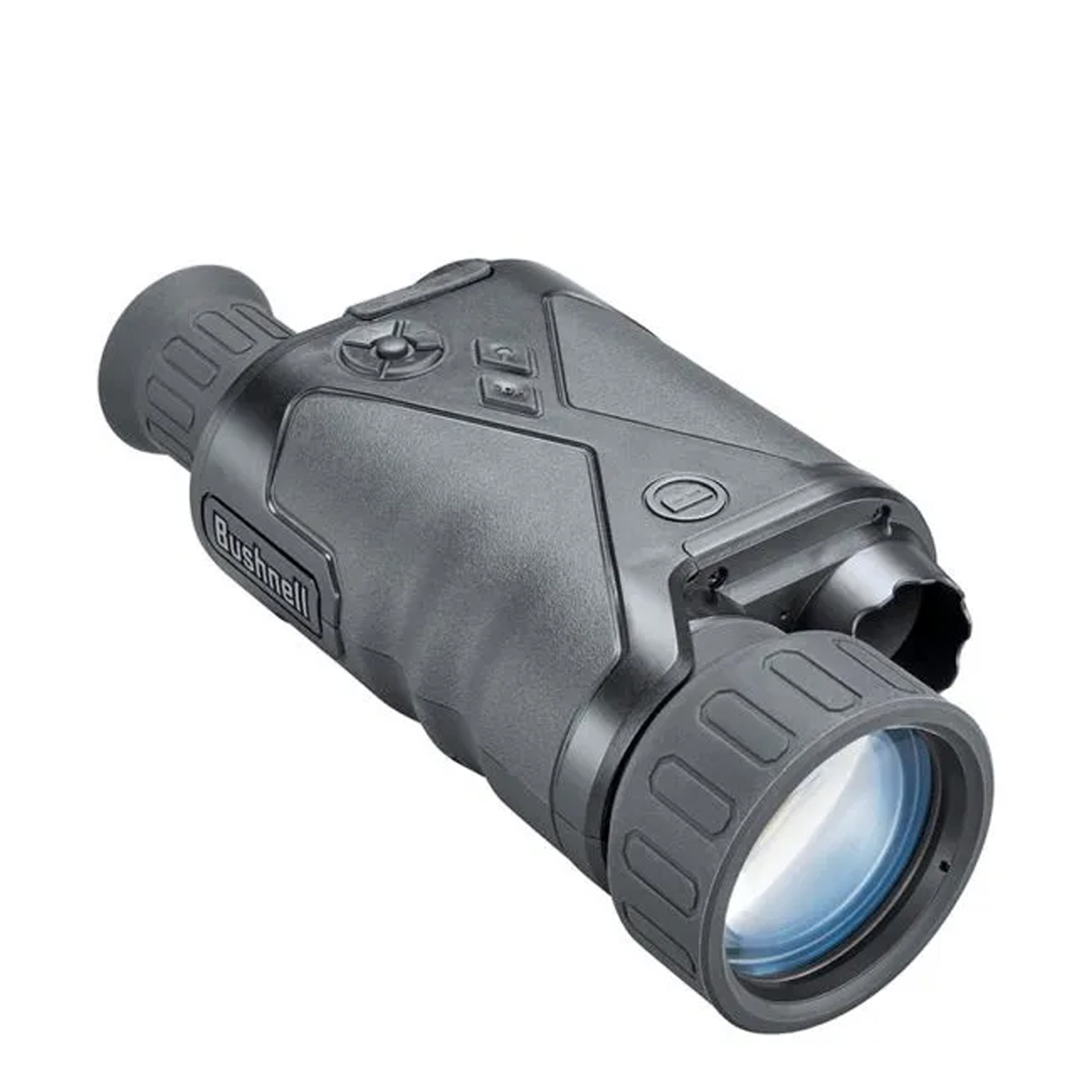
For those looking at big game, this is one of the best options out there to keep take of your target.
Read more below...
The best night vision goggles, binoculars, and monoculars
Why you can trust Digital Camera World
Best affordable option
Specifications
Reasons to buy
Reasons to avoid
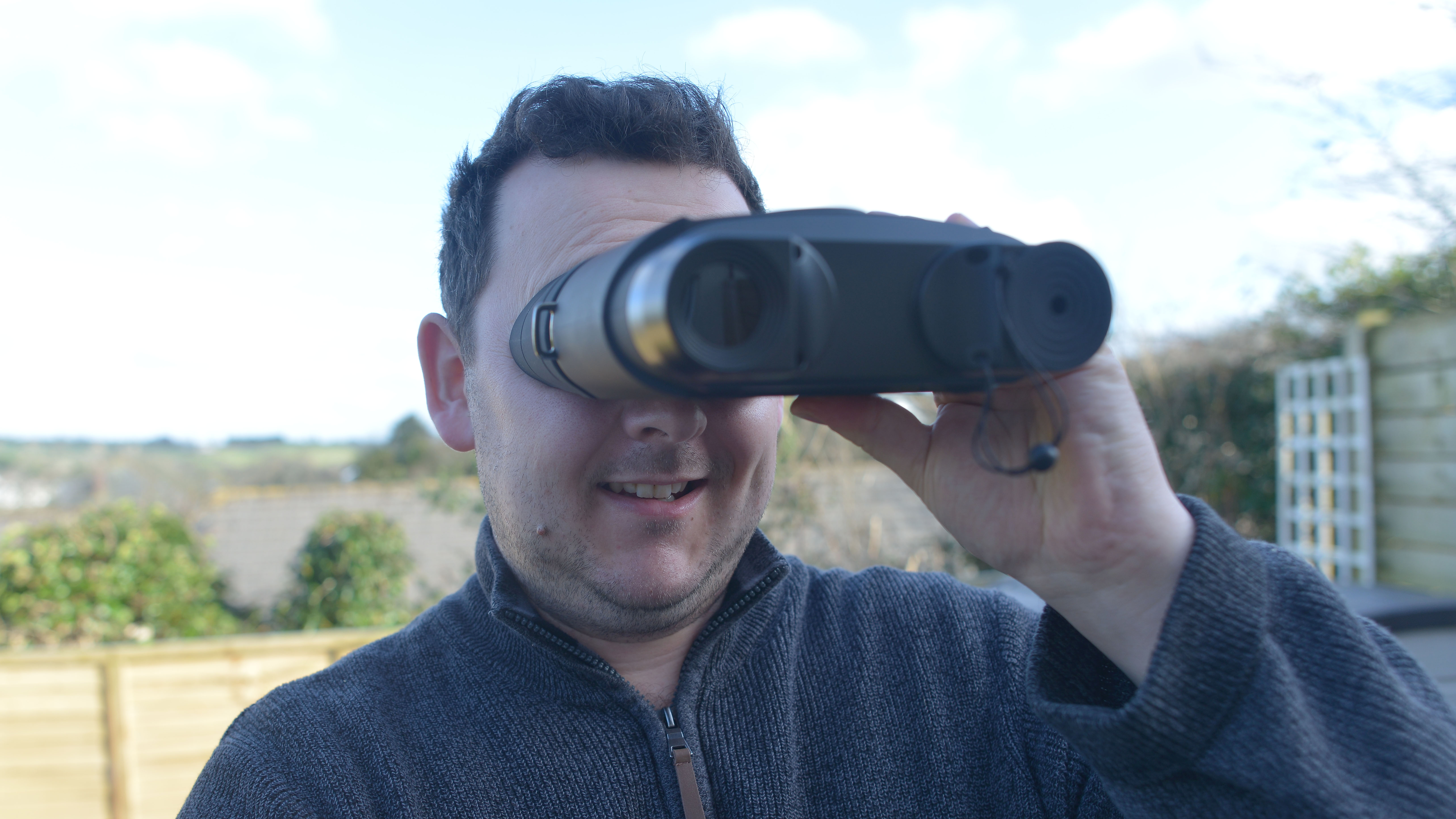
✅ Full HD recording: Capable of recording high-quality footage, both in night vision and daytime modes.
✅ Spotting small animals: Able to identify smaller creatures like rabbits at considerable distances.
❌ Slightly bulky: May feel a bit heavy or cumbersome during use.
❌ Image softness beyond 180 meters: The quality of the image diminishes at longer distances.
I personally found the NightFox Corsac to be a great affordable option, despite its slightly bulky build, especially considering its reasonable price. What really stood out was its ability to record Full HD footage, whether in night vision mode or vibrant daytime color. It's not just for those seeking the unseen – it's useful for anyone.
During my own testing, I was able to see clearly up to 150 meters, although the image did become a little bit soft beyond 180 meters. Nevertheless, even at that distance, I was able to spot smaller animals like rabbits. Overall, I was quite impressed with its performance.
Read more: NightFox Corsac review
Final thoughts
The NightFox Corsac offers an impressive entry point into digital night vision, especially for casual users, wildlife watchers, or anyone seeking an affordable way to explore the night.
While it doesn't match the optical clarity or range of more expensive military-grade devices, its intuitive controls, rechargeable battery, and solid performance in low-light conditions make it a standout in the budget category. If you're after reliable, user-friendly night vision without breaking the bank, the Corsac is one of the best-value options available today.
Best for all-weathers
Specifications
Reasons to buy
Reasons to avoid
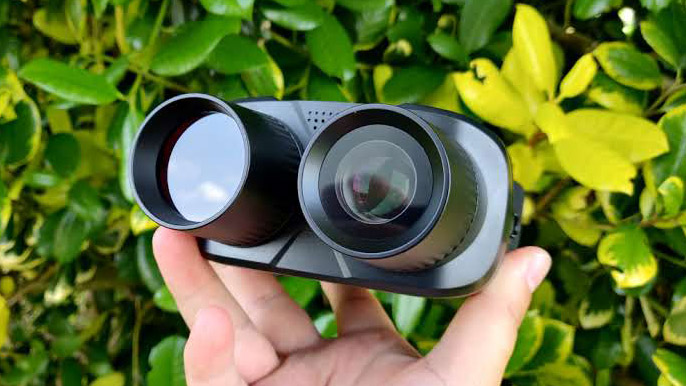
✅ Easy file transfer: Transfer files using either a Micro-USB cable or a microSD card reader.
✅ Solid construction: Sturdy build quality provides durability and a sense of reliability.
❌ Clunky file transfer: While transferring files is simple, the process may feel somewhat clunky.
❌ Weight consideration: Size and weight could be a drawback for users who prefer lightweight options.
The Akaso Seemoor 200 stands out as one of the best-value digital night vision binoculars available today, punching well above its weight in the sub-$200 / £200 category. At first glance, it offers exactly what most beginners and casual users are looking for: a rugged, thoughtfully designed device that performs reliably in both daylight and nighttime conditions. While it may not deliver the vivid colour depth of more expensive rivals - and you’ll need to supply your own MicroSD card for saving footage - those limitations feel more like quirks than dealbreakers, especially given the price point.
What really makes the Seemoor 200 shine is its practical, user-focused feature set. The inclusion of USB-C charging is a rare and welcome touch in this price bracket, speeding up charge times and adding everyday convenience. Even better, Akaso includes two rechargeable batteries in the box, meaning you can stay out longer without scrambling for spares or power banks. The build quality is solid, with a lightweight yet sturdy feel that makes the device easy to handle for extended periods, whether you're out wildlife spotting, camping, or just experimenting in your back garden.
Performance-wise, the infrared night vision is surprisingly sharp, capturing a good level of detail even in very low light. The dual-mode viewing - switching between colour during the day and infrared at night - is seamless and intuitive, adding to the binoculars’ appeal for first-time users. Video recording, while not cinematic, is more than good enough for personal use and social sharing, and the interface is refreshingly straightforward.
In short, the Akaso Seemoor 200 isn’t trying to compete with high-end tactical optics - and it doesn’t need to. It’s a product that knows its audience: hobbyists, outdoor lovers, and newcomers who want capable, dependable night vision without the eye-watering price tag. If you’re after an affordable pair of digital night vision binoculars that feel well thought-out and genuinely useful, this is a very smart place to begin.
Read more: Akaso Seemoor 200 review
Final thoughts
The Akaso Seemoor 200 proves that you don’t need to spend a fortune to get a capable, user-friendly night vision device. With its solid performance, practical features like dual rechargeable batteries and USB-C charging, and a price tag that feels refreshingly fair, it’s an ideal entry point for beginners and hobbyists alike. While it has a few limitations, they’re easy to forgive given the value on offer. If you’re looking to dip your toes into the world of digital night vision without overcommitting, the Seemoor 200 is an easy recommendation.
Best budget monocular
Specifications
Reasons to buy
Reasons to avoid
✅ You're on a budget: It offers great specs for the price making it a great for those new to night-time observations
✅ You're a beginner: Extremely user-friendly options, menu, and button layout make it great for those new to night vision.
❌ You want silent operation: Due to its low cost the buttons are rather clicky - which could alert wildlife to your position
❌Want High Res videos: Price is linked to performance and the B1 Basic images/video suffer from digital noise.
The Rexing B1 Basic is a practical and affordable tool, well worth considering if you enjoy nighttime wildlife watching, hunting, or outdoor activities like camping. It could also be a useful companion for astrophotographers navigating dark and rugged terrain to reach the perfect shooting spot.
I found the B1 Basic most effective for observing and monitoring surroundings rather than capturing high-quality images. Its 1MP CMOS sensor lives up to the "Basic" name—sufficient for identification purposes, but refocusing and reframing can be slow and cumbersome.
That said, if you're looking for a budget-friendly night vision device with a straightforward setup and don’t need top-tier performance or durability, this is a solid choice. Think of it primarily as a night viewer with the bonus of a built-in camera, and you’re unlikely to be disappointed.
Read our full Rexing B1 Basic review for more details
Final thoughts
The Rexing B1 Basic is a straightforward, affordable option for beginners exploring night vision. With easy controls, built-in recording, and decent infrared range, it’s well-suited for casual wildlife watching or light-duty surveillance.
While it lacks the range and clarity of higher-end models, it offers good value for those seeking simple, effective night vision without the premium price tag.
Great for beginners
4. Nightfox Swift 2 Night Vision Goggles
Specifications
Reasons to buy
Reasons to avoid
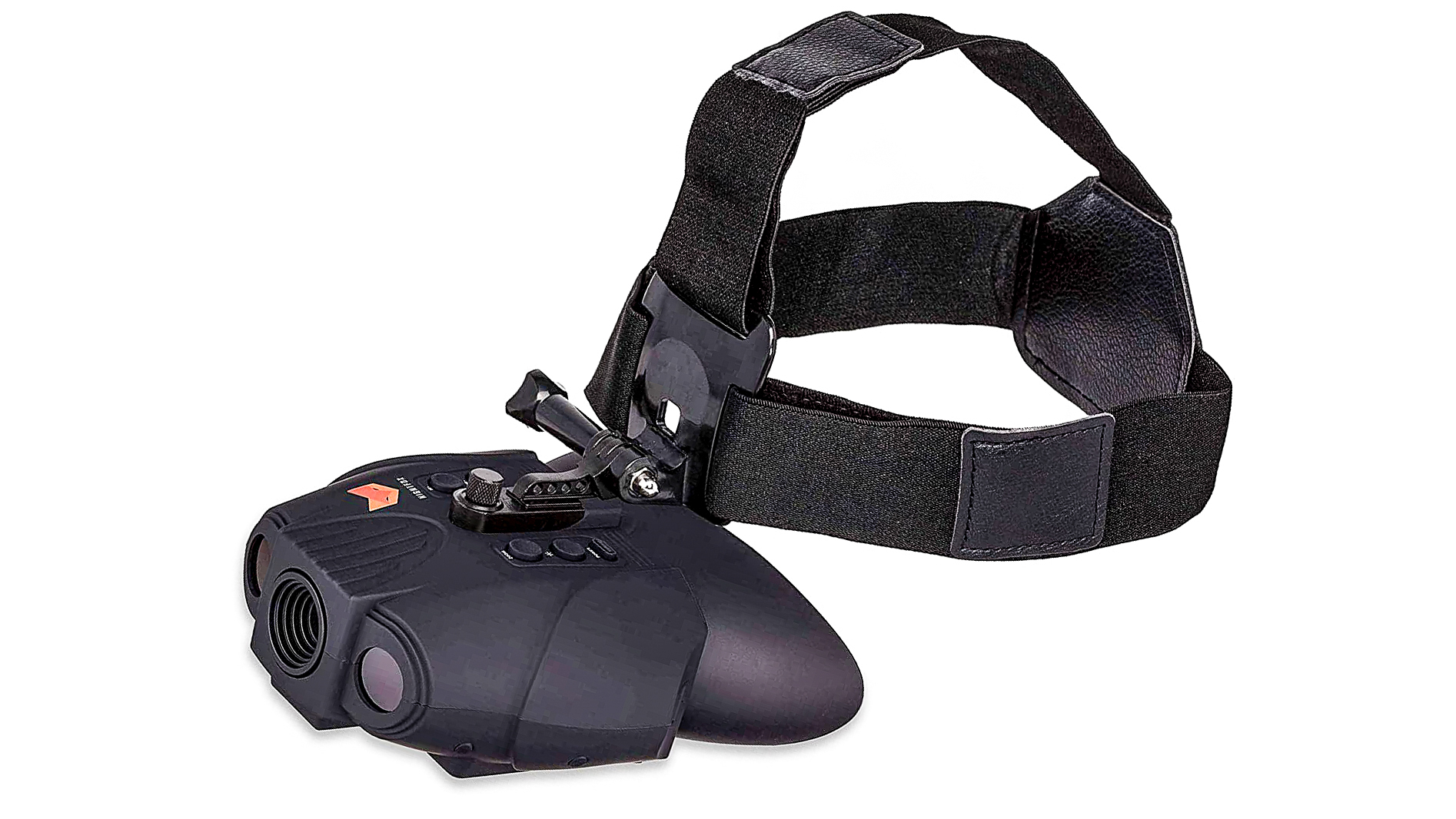
✅ Active illumination: Uses 840nm infrared LEDs and a built-in digital camera to create a visible image.
✅ Head-mounted design: Comes with a supplied head mount, allowing hands-free use and easy movement.
❌ Limited battery life: The battery may not last long enough for extended use, especially on higher brightness settings.
❌ Low screen resolution: The 480x360-pixel display is not very sharp, affecting image clarity.
This pair of night vision goggles are designed to be used with the supplied head mount, but they do not provide any additional magnification – they are simply for seeing in the dark. This does mean it is possible to walk with them without difficulty. They use their own 940nm to keep yourself undetected, but with a range limited to just 90m (300ft). To see further into the darkness, switch to the visibly red 840nm lighting that extends your vision to 130m (400ft).
The Nightfox uses a rechargeable battery giving you between 90 minutes and four hours of operation, depending on which of the seven LED settings you opt for. For the price, these goggles provide a great entry to those who want to observe wildlife after dark or other special ops assignments.
Final thoughts
The Nightfox Swift 2 stands out for its hands-free design, making it ideal for activities like wildlife observation, airsoft, or night-time navigation. With a wide viewing angle, built-in infrared illuminator, and rechargeable battery, it offers solid performance in a compact, user-friendly package.
While it’s not built for long-range viewing, its comfort and practicality make it a top pick for close- to mid-range night vision use.
Best for tracking
Specifications
Reasons to buy
Reasons to avoid
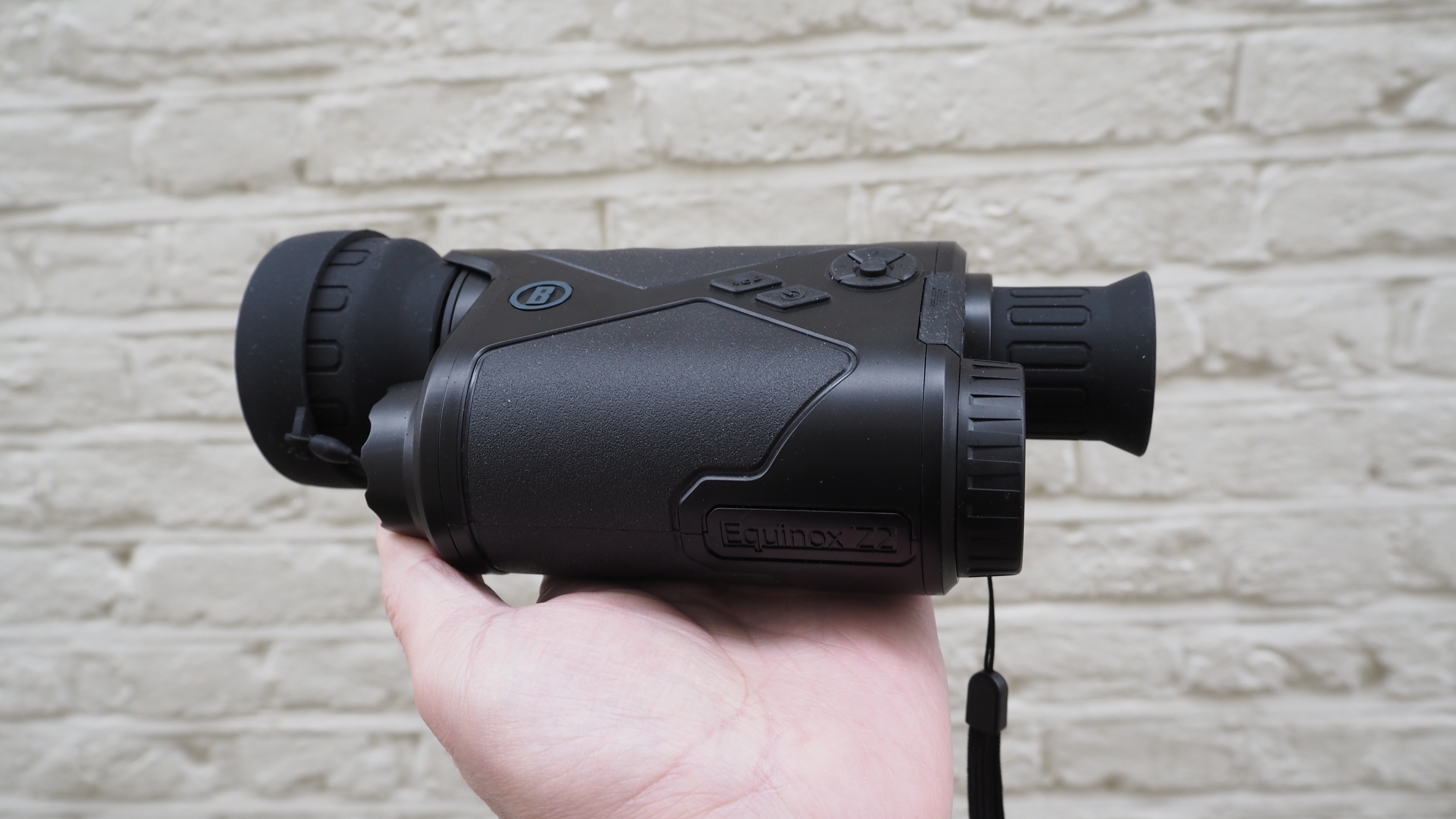
✅ Built-in IR illuminator: Provides comfortable long-range viewing, day or night.
✅ Remote control features: Users can control zoom, video recording, image capture, and IR brightness through their mobile device.
❌ Weightier than alternatives: Heavier compared to lower-specified monoculars, which might affect portability.
❌ Limited field of view: Higher magnification can result in a narrower field of view, making it harder to track fast-moving or wide-area subjects.
The Equinox Z2 monocular from optical specialist Bushnell offers a magnification factor that, at 6x, is bigger than most of its ilk, coupled with an effective light-gathering tool in a 50mm lens.
This Wi-Fi-enabled option shows its mettle by enabling users to Livestream footage straight to a mobile device, and even control the zoom video, image capture, and IR brightness directly.
A built-in IR illuminator enables users to view long-range subjects comfortably during the day or night, while video capture is full HD 1080p resolution, which is respectable for its class. Overall, this monocular is a comprehensive choice, if a little weightier than lower-specified alternatives.
Read more: Bushnell Equinox Z2 6x50 review
Final thoughts
The Bushnell Equinox Z2 6x50 delivers impressive range and clarity for a digital monocular, making it a strong choice for hunters, security users, and serious wildlife watchers. With Wi-Fi streaming, photo and video capture, and a powerful 6x optical zoom, it offers advanced features in a rugged build.
While it's bulkier than binocular options and designed for one-eye viewing, the Z2 excels in performance and versatility for those needing long-range night vision.
How to choose the best night vision gear
What is the advantage of infrared night vision?
A lot of the night vision goggles on this list use infrared. Why?
Active lighting – The night vision device can illuminate subjects using invisible infrared light, enhancing visibility in dark environments.
Built-in cameras – Infrared cameras and displays are relatively inexpensive, and adding a recording or capture function is straightforward when a camera is already integrated.
Do night vision goggles work in total darkness?
Can night vision devices see when it appears completely dark? Yes and no...
Night vision amplification won’t work in absolute darkness since there’s no available light to enhance. However, it's powerful enough to reveal details that would otherwise be invisible in near-total darkness. In reality, on a planet surrounded by stars, some ambient light is almost always present, making night vision effective in most conditions.
Thermal imaging, on the other hand, functions even in complete visual darkness by detecting heat signatures rather than relying on visible light. Meanwhile, active night vision—equipped with its own infrared illumination—creates its own light source, allowing it to operate in darkness, but only within the range of its emitted infrared beam.
What are the different kinds of night vision?
There are two main technologies for night vision: image intensification and thermal imaging.
• Image Intensification – makes the image brighter by multiplying the number of photons from the light source. The amplification process has three powered screens, the last of which is green. That gives this night vision its recognizable glow, and is the classic version of the tech.
• Thermal Imaging – a camera and a live display show otherwise-invisible infra red light that reveals relative heat. It can be used to detect living creatures (or people) in any lighting, or lack thereof. We list thermal cameras separately.
• Fusion night vision – by overlaying a thermal image onto an intensified one, it is possible to create a fusion – or hybrid – night vision.
• Active infrared night vision – this kind of night vision is relatively inexpensive and often used in security cameras too. An IR light, invisible to human eyes, is placed near the lens to illuminate subjects.
What is the military night vision goggles specification?
Many products in this category call themselves military, but does it have a specific meaning?
Different armed forces use varying equipment, but a government's export restrictions often indicate what it classifies as "military-grade." In the USA, for example, third-generation photo-multiplier tubes fall under such regulations. Another key aspect of military specifications is the protective housing, which differs based on the intended use but is generally designed for durability and resilience.
Why is night vision green?
We've all seen the movies. Night vision is always green, right?
Yes, generally speaking. Traditional image intensification night vision appears green because the amplification tubes are engineered that way. Human eyes are most sensitive to green light - particularly around the 555-nanometer wavelength - so a green display makes the image easier to see.
The phosphor screen at the eyepiece end of the photomultiplier is therefore designed to glow green, providing both effective performance and a more comfortable viewing experience in low light.
Am I allowed to buy military-grade night vision?
It sounds a bit scary to read the term 'military grade' and you might think you're not allowed to buy them. But you are.
Where you can get into trouble is exporting some products outside the country, especially to unfriendly countries. Buying for yourself, however, is fine.
How we test night vision gear
In our buying guides, I put night vision equipment through real-world field tests, assessing how well it handles moving subjects and fixed landmarks. My goal is always to identify devices that strike the right balance of magnification, durability, and sharp image quality - whether for a full day of birdwatching or an evening of wildlife observation. I also take into account the manufacturer’s reputation for reliability and build quality.
Budget plays a key role, too, so I make sure to include options that suit a wide range of price points. With our team’s collective expertise in night vision and optics, we thoroughly test not just spotting scopes but also related kit such as binoculars and thermal cameras. The result is a set of recommendations you can rely on to make confident, informed choices about your night vision gear.
Find out more about how we test and review on Digital Camera World
The best camera deals, reviews, product advice, and unmissable photography news, direct to your inbox!
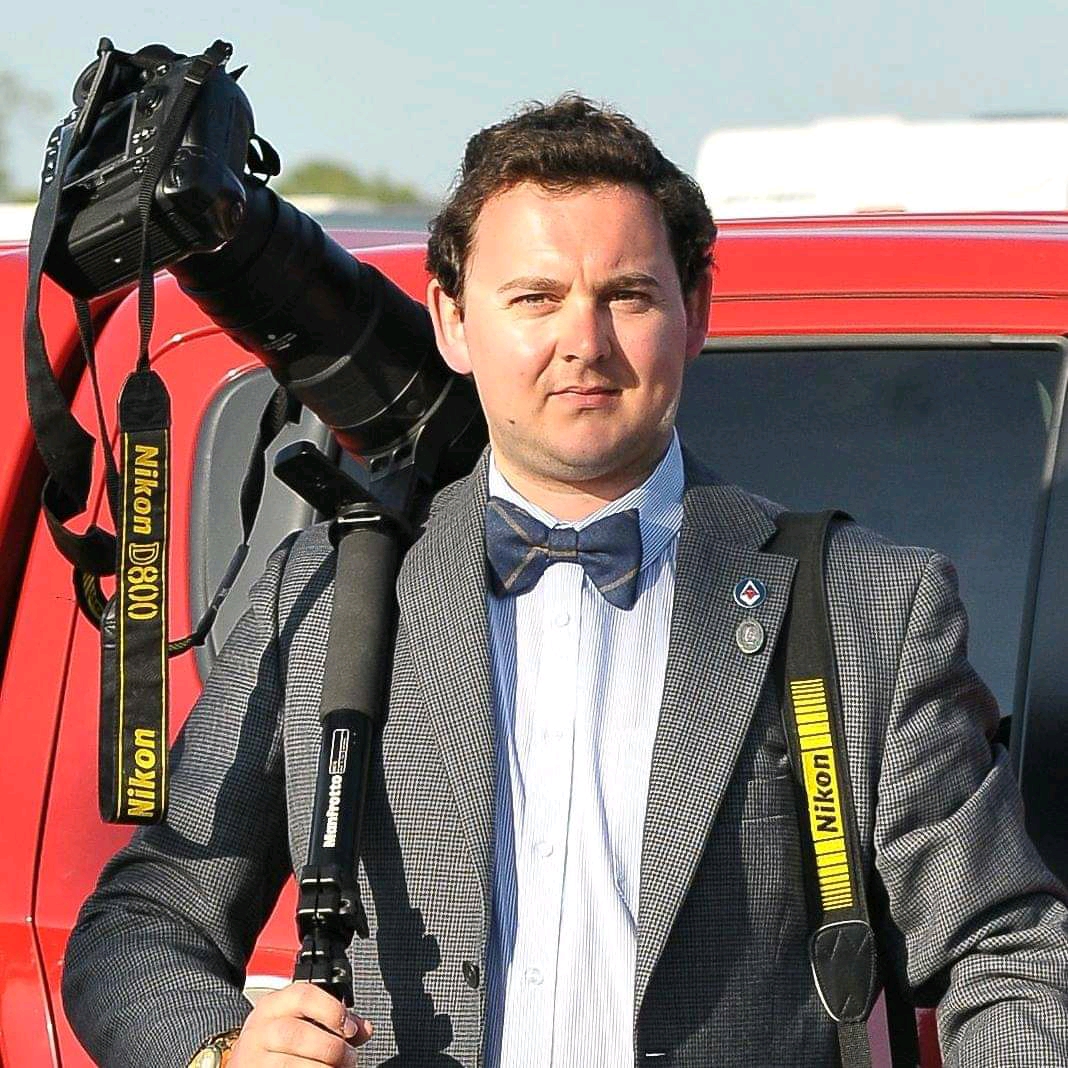
For nearly two decades Sebastian's work has been published internationally. Originally specializing in Equestrianism, his visuals have been used by the leading names in the equestrian industry such as The Fédération Equestre Internationale (FEI), The Jockey Club, Horse & Hound, and many more for various advertising campaigns, books, and pre/post-event highlights.
He is a Fellow of the Royal Society of Arts, holds a Foundation Degree in Equitation Science, and holds a Master of Arts in Publishing. He is a member of Nikon NPS and has been a Nikon user since his film days using a Nikon F5. He saw the digital transition with Nikon's D series cameras and is still, to this day, the youngest member to be elected into BEWA, the British Equestrian Writers' Association.
He is familiar with and shows great interest in 35mm, medium, and large-format photography, using products by Leica, Phase One, Hasselblad, Alpa, and Sinar. Sebastian has also used many cinema cameras from Sony, RED, ARRI, and everything in between. He now spends his spare time using his trusted Leica M-E or Leica M2, shooting Street/Documentary photography as he sees it, usually in Black and White.
